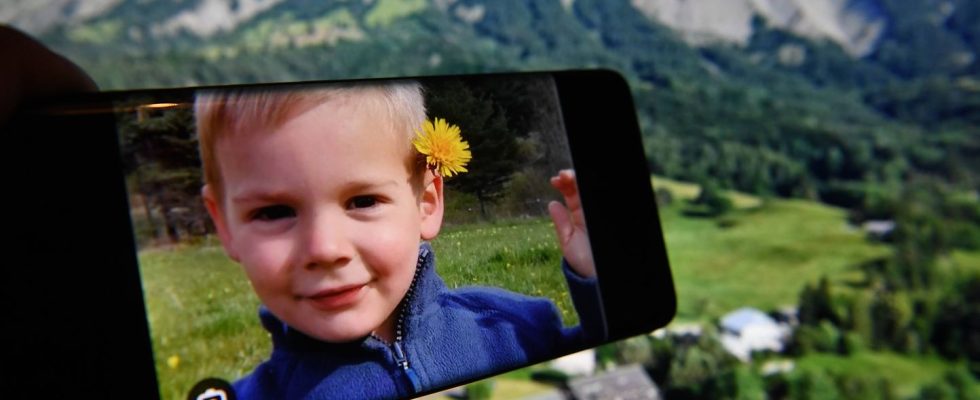Replay the scene to try to unravel a stubborn mystery. Or, at least, to support certain avenues. This Thursday, almost nine months after the disappearance of little Emile in Haut Vernet, this hamlet in the Alpes-de-Haute-Provence is preparing to relive this afternoon of July 8, 2023 during which the 2-year-old boy seems ‘be volatilized. The entire village will be cordoned off, while a “scenario” is organized in which those present that day will participate. Seventeen people were summoned, specifies a source close to the matter. Starting with the boy’s family, who was then on vacation with his grandparents with several aunts and uncles and the two witnesses who say they encountered him in the street.
In the jargon, we call this “transport to the scene”. Unlike a classic reconstruction, there is no defendant in this case. Despite the resources deployed – around twenty gendarmes are mobilized on this case – no leads have really emerged, no suspect has been placed in police custody. There have certainly been searches but at present, they have not proven decisive in bringing out one scenario rather than another. Has the child lost his way? Was he hit by a motorist who then hid his body? Was he the victim of a crime? “No avenue has been ruled out,” the Aix-en-Provence prosecutor tirelessly repeats.
“The situation as we know it today is partial”
Under these conditions, it is impossible to have the scene reenacted by the accused or an extra, as is done in classic reconstructions. Their goal is to compare the statements of each party, the expert opinions and other elements of the file in the field. “These are acts which can, for example, be very useful when the testimonies differ or when the medico-legal findings do not correspond to the version of the accused,” specifies Jacques Dallest, honorary public prosecutor. What then of the situation in this highly sensitive matter? “This is also about confronting certain elements with reality,” continues the magistrate. The situation as we know it today is partial, but the file is not empty. »
Emile’s trace is lost shortly after 5 p.m. Two witnesses say they saw the child in the main street of the hamlet, but one says he was going down the artery while the other says he was going up it. Specialized dogs marked his presence less than fifty meters from his grandparents’ house, before losing track of him. A crucial element but not decisive: if the child has recently passed through these places, this can mislead the animals. As for the searches, if they proved in vain, the investigators keep in mind the Lucas Tronche affair: the body of the teenager was discovered six years after his disappearance in a ravine, one kilometer from his home, even though the area had been searched.
Discover the places
With this situation, rather rare in this type of investigation, the magistrates should try to visualize the scene, to see if the statements of each person agree, to test certain hypotheses. “The investigating judges handling the case have not yet been on site. They obviously have all the elements of the file, photos, but it is not the same thing to get an idea for yourself, if only to appreciate the distances,” recalls Jacques Dallest. Drone pilots will be responsible for taking images for the benefit of investigators. Objective: to collect as many elements as possible that can be used for investigations.
While we should not imagine a resolution of the investigation during the day, certain witnesses could also provide details that they had previously considered insignificant. “The truth is not going to come out of a hat but we are never safe from confessions,” notes the former prosecutor. This type of day is often very constructive. »

